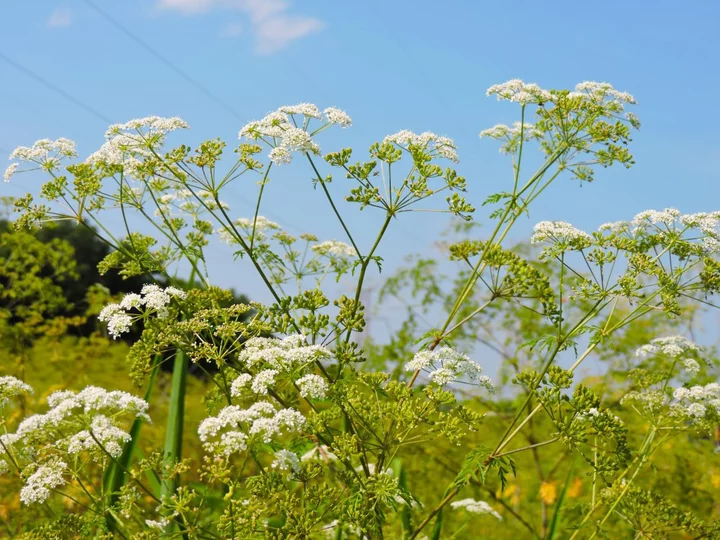[Ed. note: The following letter comes to us from Manila resident Michelle Baggett. When we first read it, we thought, oh, everyone knows about poison hemlock, right? But then we thought: Well, Michelle didn’t know about it. Maybe there are other people like Michelle! So here we are.]
Michelle Baggett
Attention:
Poison Hemlock can be found throughout Humboldt County and can cause harmful toxic effects to the body if touched, and can be deadly if eaten.
Poison Hemlock was pointed out to me last week along the Elk River Reserve trail near the Herrick Ave. Park and Ride. I was surprised that Poison Hemlock was growing right along the trail where people could touch it and pets could eat it.
I went home after my hike to find a Poison Hemlock plant in my compost pile. I would have pulled the plant out without precautions thinking that it was a different species of Queen Ann’s lace because the plants look very similar. One is a flower, the other is poison.
If I hadn’t been informed that the plant was extremely toxic I would not have taken the necessary precautions that are needed to stay safe and out of the hospital for a toxic exposure to Poison Hemlock.
Once you learn to identify Poison Hemlock you will notice that it can be found along our roadsides, our trails, and in many yards throughout Humboldt County. Route 255 along Arcata Bottoms is a good example of the how prolific Poison Hemlock is in our area.
It would be a great service to the community if you could point out the bodily threat that Poison Hemlock can pose when not handled properly.
I have attached a short description of the dangers Poison Hemlock can pose to people and pets below when handled improperly:
All parts of the plant are highly toxic to humans and animals. Poison hemlock is most dangerous when eaten, but the plant’s toxins can also be absorbed through the skin or breathed in. The primary toxin in poison hemlock is coniine. Coniine stops the nervous system from working properly, which can lead to suffocation.
Please consider doing a segment on the danger of Poison Hemlock in our community.
[Ed. note II: OK, Michelle!]

CLICK TO MANAGE